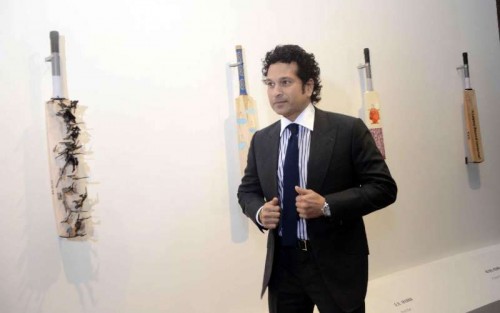
By Biswajit Choudhury
The year that the Indian cricket team played without Sachin Tendulkar and lost successive Test series abroad gives enough food for thought on the nature of the sport, also at a time when other team sports in the country are beginning to organise commercially on the lines of the Indian Premier League (IPL).
Tours in alien conditions are the true test of a team’s standing. This is “nature” in cricket, the importance of weather and soil conditions, and it applies specially to Indian sides as testified by their touring record.
Thus, for instance, the performances in this summer’s 1-3 loss against England stand out in contrast to that of Rahul Dravid’s in the previous tour to the home of cricket. Dravid, however, had played county cricket for Kent and Scotland and is perhaps still better in these conditions than the current crop of our Test players.
Which brings one to Virat Kohli, who is about to aggregate 500 runs in Australia in the series just lost. This means that the till recent only One-day wonder got caught out this year in English conditions, where he has to return to prove himself to be counted among the greats.
So, having lost successive series abroad, beginning with South Africa last December, where does this put the team which scaled the world rankings not too long ago? This is a recurring question that provokes comparisons with teams of the past.
Commenting on the ongoing Australia series, the great Sunil Gavaskar threw up his hands in despair at the penetrative quotient of the Indian attack. The team with Gavaskar and Kapil Dev was among the top international teams but never reached the greatness of past teams from South Africa, Australia and the West Indies because it lacked a potent bowling unit. India has had individual greats like Kapil Dev and Zaheer Khan, but not great combos like that made up by the Pakistani legends.
In cricketing parlance, India is good in defence and has produced many great batsmen.
Wondering about the popularity of cricket in India makes me think it comes from being a non-contact sport, like the art of war, that demands much concentration and is intensely psychological. Because Test cricket is played out over so much time and moments get stretched, there is time to think and play on each other’s minds.
I like to think that it is our psychology which has made us take so well to this foreign sport.
It is germane here to point out that a favourite reading of one of Australia’s most successful coaches, John Buchanan, is the classical Chinese text The Art of War by Sun Tzu.
The other fact is that England’s most successful captain in terms of win-percentage is Mike Brearly, who took a tripos from Cambridge and is now a practising psychoanalyst and therapist.
A mediocre cricketer, but outstanding captain in 31 Tests between 1977 and 1981, Brearly became president of the British Psychoanalytical Society during 2008-10.
English legend Ian Botham writes of Brearly that “his intellectual power and how he applied it to Test cricket was awesome. He spent his entire captaincy two steps ahead of the game, picking the minds of opposing batsmen and bowlers like a master safe-cracker and, after a while, his reputation for being able to out-think opponents became a weapon in itself”.
This year has been epochal for Indian cricket also for the Supreme Court’s attempt to clean the Augean stables of cricket administration and resolve the conflict of interest arising out of Board president N.Srinivasan’s ownership of an IPL team, one among whose owners is also accused of colluding with betting syndicates. Perhaps the next year will see professional principles and practices finally geting instituted in the organising of cricket in India.
But there was one more kicker to come: M.S. Dhoni stepped down as Test captain. Maybe, I’ll write next year about one year without Dhoni in Tests!